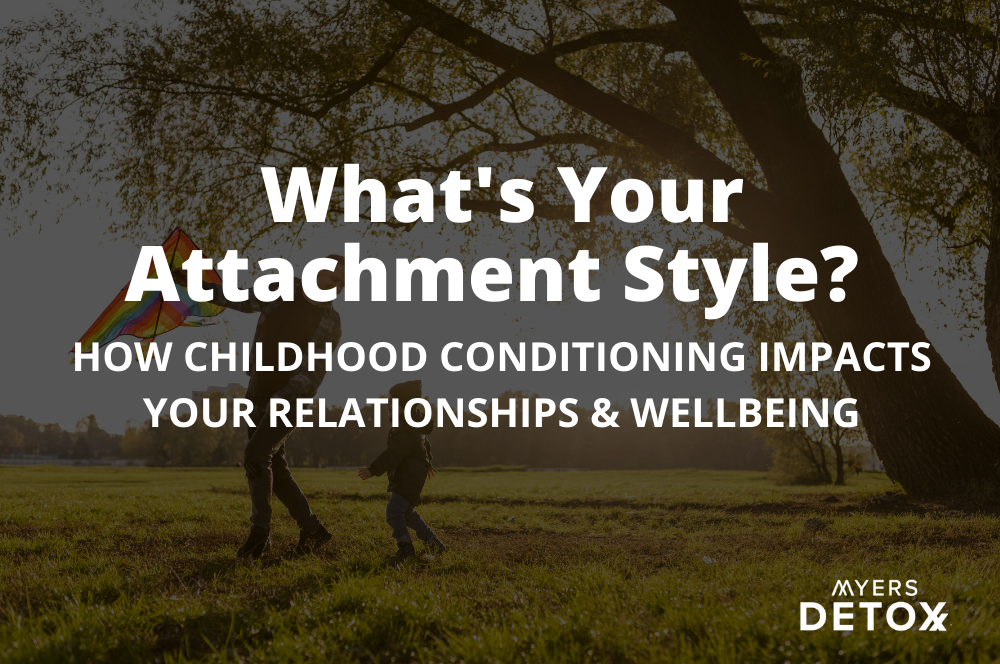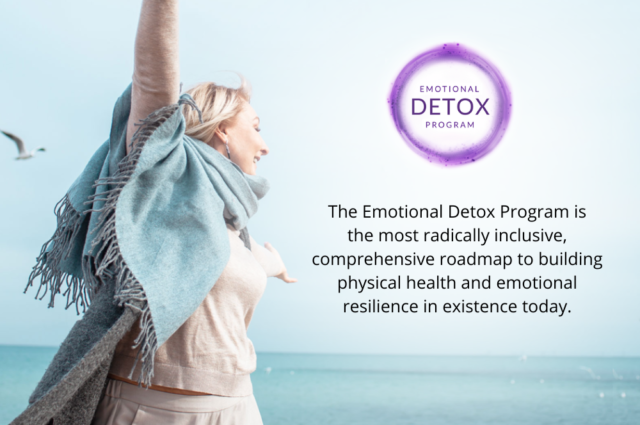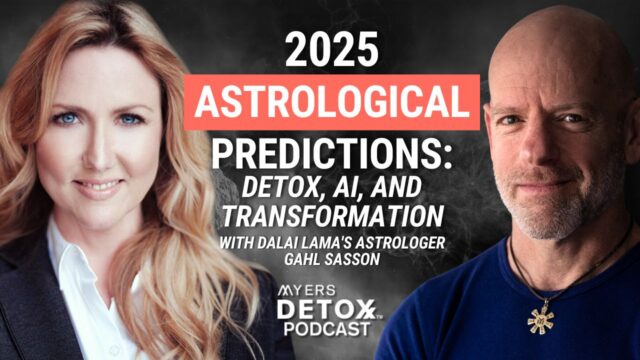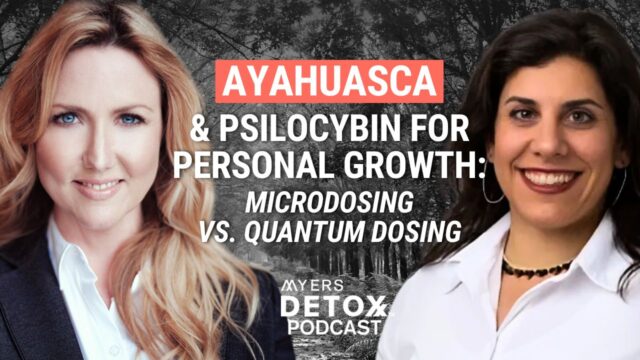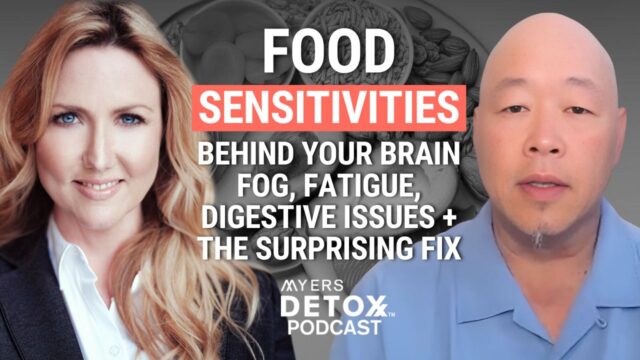There is a lot of talk these days about attachment styles and how they impact our adult relationships. Although I find that understanding attachment styles can be very supportive to understanding how you show up in a romantic relationship, I believe that there is much more that they can reveal to us about how we live our lives.
These early life experiences shape who we are and how we show up as adults. Furthermore, they create neurological networks that influence whether we feel safe or whether we are walking around with a high level of chronic stress.
In this article, we’ll explore:
- What attachment styles are
- The four attachment styles
- How insecure attachment in childhood can impact your emotional and physical health as an adult
- A comprehensive and efficient way to release attachment trauma
What Is An Attachment Style?
The concept of attachment styles was first theorized by British psychologist John Bowlby back in the 1950s. Bowlby found that there are four primary attachment styles that develop early in childhood and, when unrecognized, can go on to play a significant role in your relationships throughout your entire life.
But what are attachment styles, exactly?
Attachment styles explain our innate expectations of people and relationships, depending on how we attach to our primary caregivers during our earliest years. Of course, as infants, toddlers, and young children, we don’t have much of a say in how our relationships play out with our parents. This means that our attachment styles are primarily based on how our parents or caregivers showed up to our relationship with them.
According to Bowlby, attachment is defined as “lasting psychological connectedness between human beings.” Your specific attachment style not only affects how you relate to your parents but to all relationships in your life, including lovers, children, and even friends[1].
The Four Different Attachment Styles
The four different attachment styles develop depending on how your primary caregiver showed up when you were a child. This subconsciously forms the way that you perceive intimate relationships throughout your life. The nuances depend on if and how your emotional and physical needs were met as a child.
Here is a breakdown of the four attachment styles:
#1 Anxious Attachment
Anxious attachment is a type of insecure attachment that develops due to unmet needs that make the child feel anxious and alone. This type of attachment is often the result of inconsistent parenting, which confuses the child and makes it hard to understand their parents’ behavior. Children with anxious attachment might have had a parent that was sometimes loving and other times avoidant. They also may have had a parent that was an addict or mentally ill and therefore unable to show up consistently[2].
People with an anxious attachment tend to show up in relationships as insecure, fearing abandonment, and having low self-esteem. This attachment style creates clinginess and fear within the individual, as they are always expecting their partner to let them down or leave.
#2 Avoidant Attachment
Avoidant attachment is a type of insecure attachment that develops when parents are emotionally distant or excessively strict. This can include intolerance for the child’s feelings and expressions or generally feeling rejected by the parent.
When a person with avoidant attachment gets older, they believe (often unconsciously) that they’re not allowed to have their feelings, and so they avoid intimacy as much as possible. This behavior often happens below conscious awareness, but when an avoidant person shows up in a relationship, the intimacy will often be very surface level. If you do happen to get some genuine intimacy out of an avoidantly attached person, they will likely pull back quickly[3].
Someone with avoidant attachment often appears very self-confident and self-sufficient as an adult. As a result, these individuals are often seen as the “lone wolf.”
#3 Disorganized Attachment
Disorganized attachment is a type of insecure attachment style often seen in people who were physically, sexually, or emotionally abused as children. This is the most challenging type of attachment style because the trauma in childhood was so significant. This type of attachment style develops when the caregiver becomes a source of fear.
While an anxiously attached or avoidantly attached person’s behavior is somewhat predictable, someone with a disorganized attachment may go back and forth between anxious and avoidant. This makes their behavior very unpredictable and often confusing for people in their lives.
Because this attachment style is typically a result of trauma, it can take more work to resolve[4].
#4 Secure Attachment
The fourth attachment style is secure attachment. This type of attachment develops when the caregivers meet a child’s physical and emotional needs. In other words, the child feels safe, seen, valued, supported, and comforted. As a result, there is no fear of intimacy or anxiousness around a caregiver abandoning them.
As an adult, people with secure attachment trust that their needs will be met in a relationship and tend to have high self-esteem. They’re opening, loving, honest, and secure with the people in their lives.
How Your Attachment Style Impacts You

While attachment style is often spoken about in terms of romantic relationships, the way your caregivers showed up for you as a child has wide-ranging ramifications. In general, these character traits tend to show up more when you are pushed in a direction that would instigate avoidant or anxious behavior[5].
For instance, someone who tends towards anxious attachment won’t necessarily walk around anxiously attached to everyone in their life. However, if they do encounter a person who makes them feel less secure or isn’t showing up consistently, this can drive the anxious behaviors.
Likewise, an avoidantly attached person will likely only exhibit avoidant behaviors when their sense of individuality or freedom feels like it’s in jeopardy.
The problem is, life is very complex, and you’re likely to come across all types of situations and people. If your subconscious is running the show, this means that if someone pushes those buttons, your response won’t be coming from a grounded, emotionally intelligent place. Rather, you’ll be reacting from a trauma response. This is especially true if there has been any type of trauma in your childhood.
As a result of these unconscious programs, your life will contain a significant amount of unnecessary stress as your subconscious mind is constantly scanning for threats in your relationships.
Research shows that people with insecure attachment tend to also have higher rates of eating disorders, depression, anxiety, and substance abuse[6][7][8].
Furthermore, an insecure attachment may lead to physiological health issues like cardiovascular disease and fibromyalgia[9][10].
Healing Attachment Trauma
When you experience an insecure attachment, it not only impacts your relationships, but it imprints deeply in your subconscious. As previously shown, this could result in a range of health issues – both physical and emotional.
This information may sound overwhelming but you can be free of the past and the emotional baggage that stands in the way of developing the best version of ourselves.
To learn how, check out my FREE TRAINING: The Emotional Detox Masterclass now!
I pull from over 15 years of research to give you the tools you need to dig deep into your subconscious and shift things around so that you can finally be free of the stressors that keep you locked into an unfulfilling life.
Takeaway
Many people are walking around with chronic stress, and they don’t even know why. While there are certainly enough things in the world that could instigate stress, your attachment style’s impact on your overall well-being shouldn’t be ignored.
Unlike obvious stressors, insecure attachment creates a subconscious belief that you are not safe and cared for. Whether you have anxious, avoidant, or disorganized attachment styles, the underlying theme is that you were raised in an environment that didn’t meet your essential needs.
Working through attachment issues may take some effort, but the underlying trauma can actually be viewed rather objectively. When you begin to heal on an emotional level by working with your programming, energy, and physical body, the beliefs associated with the insecure attachments naturally begin to resolve.
To learn more, check out my Emotional Detox Program and begin your healing journey today.
*These statements have not been reviewed by the FDA. The Emotional Detox Program is not intended to diagnose, treat, cure, or prevent any disease. It is not intended to replace any medication or healing modality prescribed by your medical doctor.


